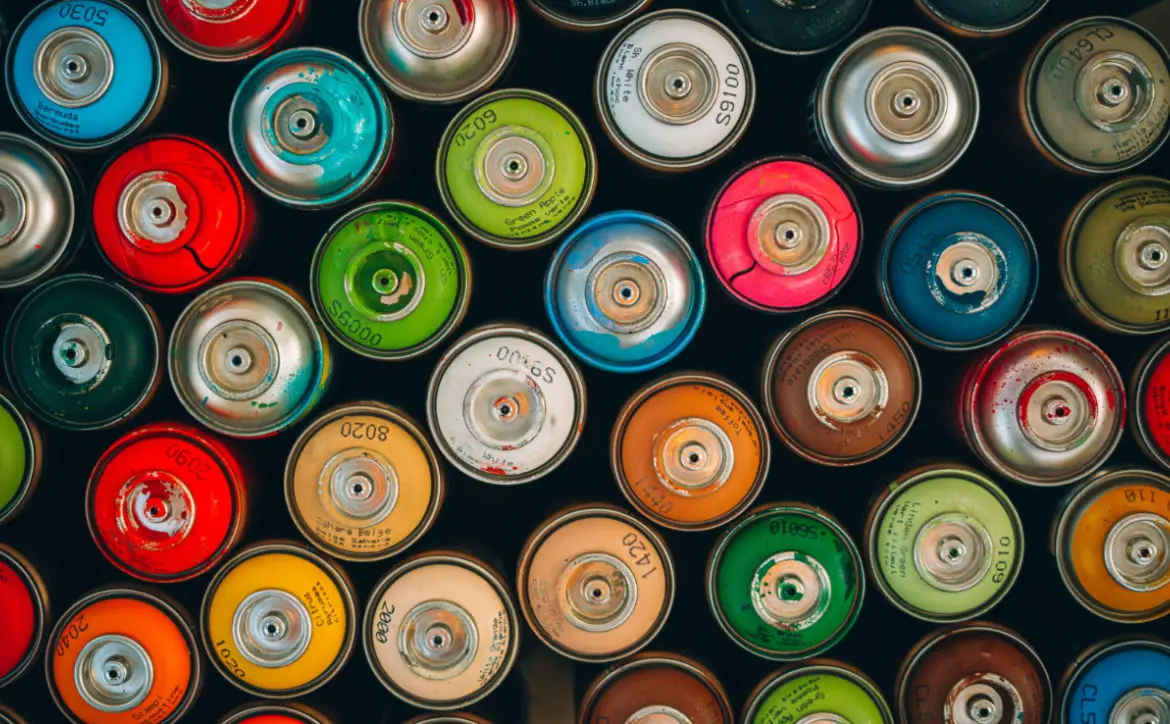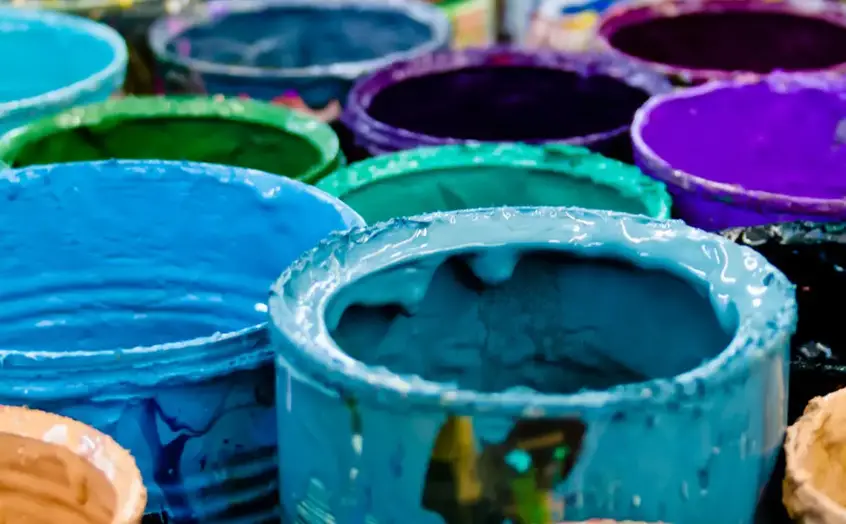Paint and other coatings are things you don’t think about often but significantly impact your daily life. These finishes go beyond adding color into everyday objects, offering protection, cooling, grip, or other properties. New technologies are taking these features to the next level.

Here’s a look at seven of the most exciting innovations in paint and coating technology.
1. Smart Paint
Smart technology surrounds us today, from TVs to garage door openers. Now, you can even turn your wall into a smart device with the help of conductive paint. Researchers have recently developed a paint that can turn any wall into a touchscreen, bringing a whole new meaning to the term “smart home.”
This paint contains a conductive nickel grid that creates electrodes on the wall. The wall can then act as a touchscreen and electromagnetic sensor, tracking your position, detecting objects, and responding to gesture commands. When this technology becomes commercially available, you can control all of your smart devices from your wall.
2. Self-Cleaning Paint
Nanotechnology, which deals with materials smaller than 100 nanometers, has significant implications for paint and coating tech. One of the most interesting examples is self-cleaning paint. By adding nano-scale titanium dioxide to paint, companies can produce finishes that rarely if ever need cleaning.
These tiny particles give paint new properties that react to light to repel or hold on to water droplets. That way, they reduce friction on the surface, letting dirt slide off easily or repel anything that would stain it. Imagine having a car that never gets dirty or a wall that retains its original color for years.
2. Self-Healing Wraps
Paint isn’t the only kind of coating that’s seen some impressive technological improvements lately. Some car owners have started opting for vinyl wraps instead of paint. Wraps are easier to apply and repair, and some are even self-healing, so repair isn’t an issue.
How does this self-healing process work? When these wraps encounter something like a scratch, they rearrange rather than take damage. Applying heat makes them malleable again, letting them return to their original, scratch-free form. While these coatings won’t protect against significant damage, they can keep your car free from dings and scratches.
4. Antimicrobial Coatings
While some nanotech makes paint resistant to dirt, others make them resistant to potentially dangerous microbes. Researchers have found that adding silver nanoparticles to paint can kill microbes on contact, keeping surfaces sterile without frequent disinfection. Naturally, the medical industry has latched onto this advancement, but it can help in other places, too.
Restaurants, for example, can use these antimicrobial coatings on their kitchen equipment and dining surfaces. This could help stop disease outbreaks, protecting their staff and customers. After seeing how fast COVID-19 spread in environments like this, this potential is hard to ignore.

5. Auto Interior Paint
When you think of car paint, you probably think of the outside. Thanks to recent advances in pain technology, though, you can coat the inside of your car, too, which can help restore and protect the interior. With interior paints, you can change your seats’ look without expensive reupholstering or leather repair.
This concept has been around for a while, but new technology has vastly improved it. Urethane-based solvents, for example, allow these coatings to be flexible without cracking or peeling while drying quickly and lasting for years. In the past, you’d have to choose between quick drying or a finish that could crack, but now you can have both.
6. Solar Paint
Some new painting technologies can even help you become more eco-friendly. Solar paint contains tiny light-sensitive particles that absorb sunlight to convert it into energy. It requires some wiring to capture this energy, but most of the installation is as easy as painting a wall.
With solar paints, you could turn your roof or a wall into a massive solar panel. While this technology isn’t as efficient as traditional solar panels yet, it can support them to generate as much clean energy as possible. The world could then transition to a greener future more easily.
7. Spray-On Antennas
While it sounds like something out of the future, spray-on antennas are now a reality thanks to new paint technology. Researchers have developed a spray paint that can transmit radio waves as effectively as a wireless router or mobile device. This innovation could help expand the internet of things (IoT) to new heights.
Spray-on antennas would make it easy to set up a wireless network virtually anywhere with minimal costs. Smart cities, which could later enable actual self-driving cars, could finally become a reality. This technology is still in its early stages, but its potential is enormous.
Even Paint Can Benefit From New Technologies
When you think of exciting new technologies, you probably don’t think of paint. However ordinary it may seem, this field has been home to many revolutionary tech advancements in the past few years. As researchers hone these technologies, high-tech paint’s potential will grow even further.
Technological innovation is all around us, changing even the most mundane things. Even something as simple as paint can become a vehicle for scientific progress. In the future, watching paint dry may not mean what it does today.









